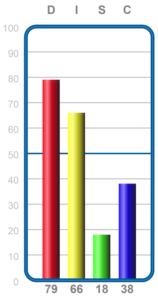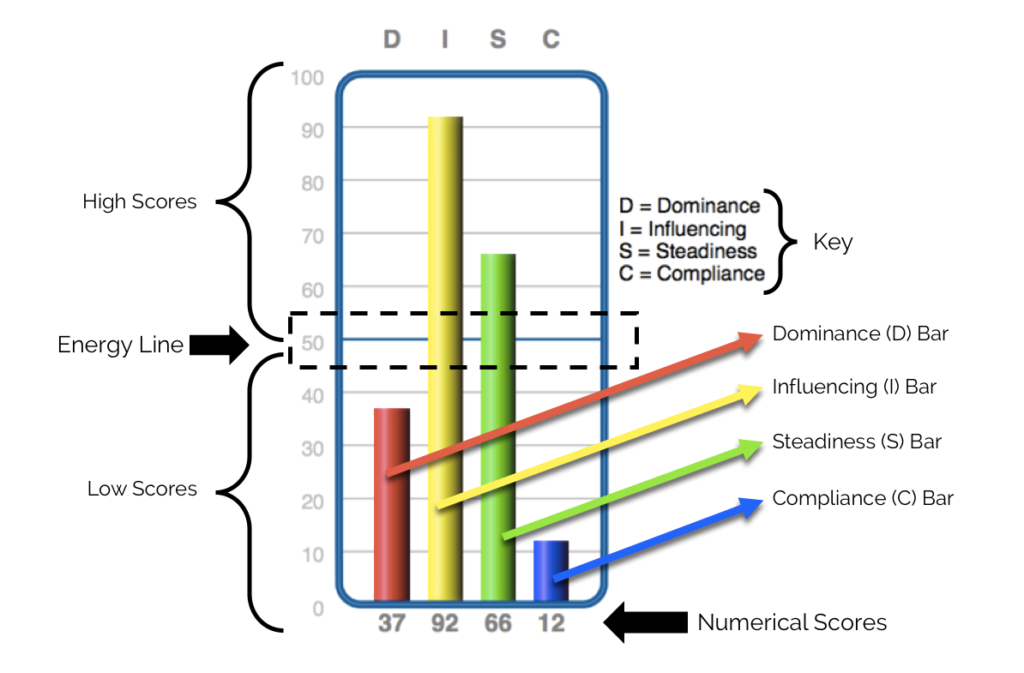Understanding Indigo: DISC
Whether you’ve taken the Indigo Assessment or not, DISC scores can have a huge impact in helping you understand different aspects of your personality. DISC is an acronym that stands for Dominance, Influencing, Steadiness, and Compliance, the four categories that make up a person’s DISC results.
What is DISC?
The foundation for the DISC assessment was created in 1928 when Dr. William Moulton Marston published his book, Emotions of Normal People. Over the next century, behavioral scientists and other researchers created different measurement tools to quantify behaviors according to the models that Dr. Marston created. Indigo uses the DISC model and builds upon the decades of research to offer you a detailed glimpse into your own behaviors.
Where are my DISC scores?
Your DISC graph is located on the top right of the first page of your report. There are additional pages within your report that will give you more information about DISC and your results. Your scores will look something like this:

How Can I Use My DISC Results?
Each of your DISC scores falls somewhere between 0-100, and is indicated by a colored bar, with your numerical score listed below the bar. If any of your behavioral scores are above 50, they are considered high, while any scores under 50 are considered low. There are no good or bad scores in a DISC assessment. Your score just indicates which behaviors come more naturally to you. If you are in an environment that is better suited for a high score while you have a naturally low score, it will be more difficult for you to cope, and as a result, may drain your energy.
Understanding Indigo: DISC Read More »

